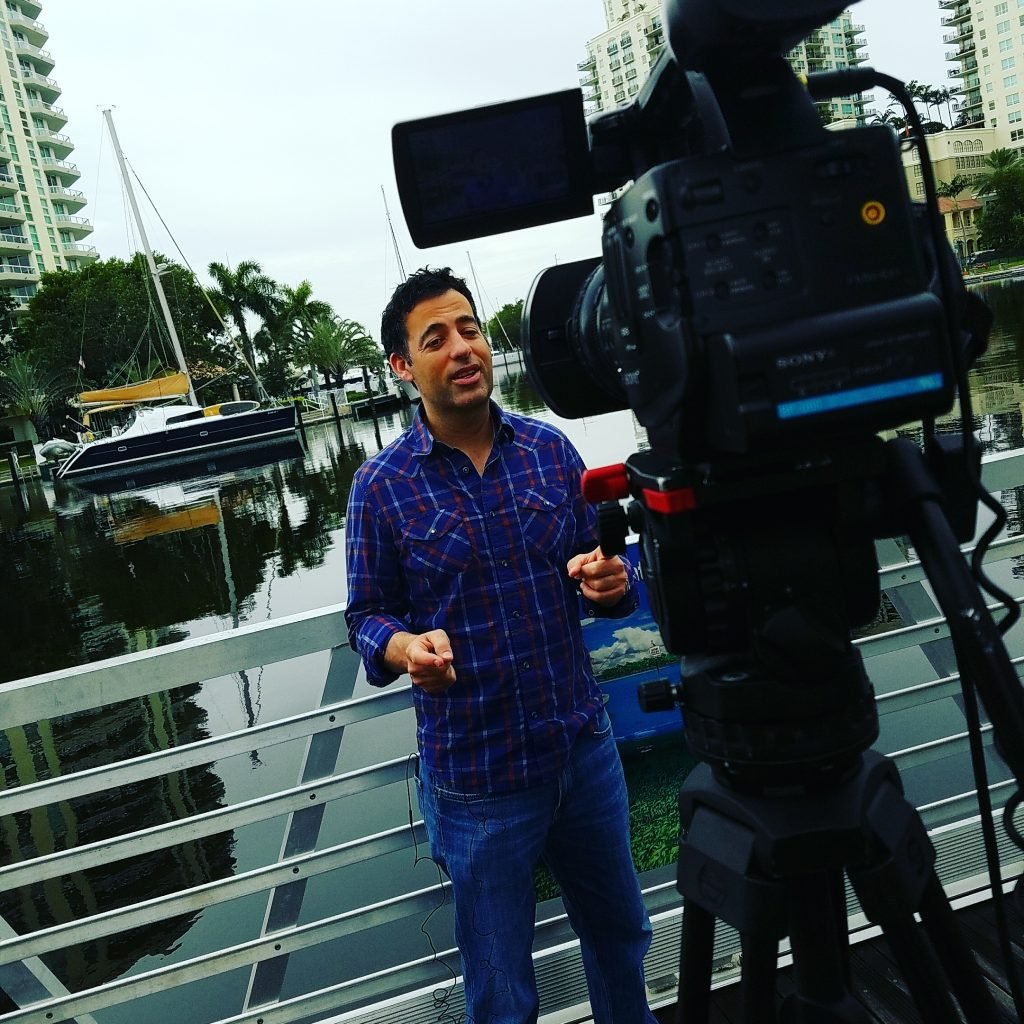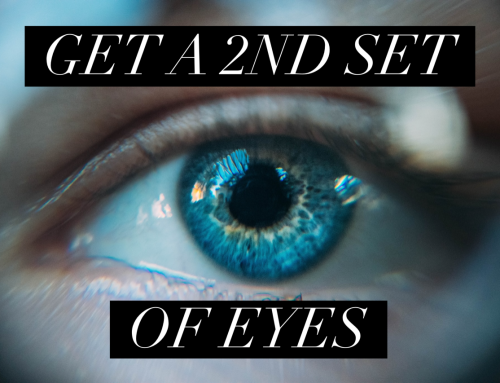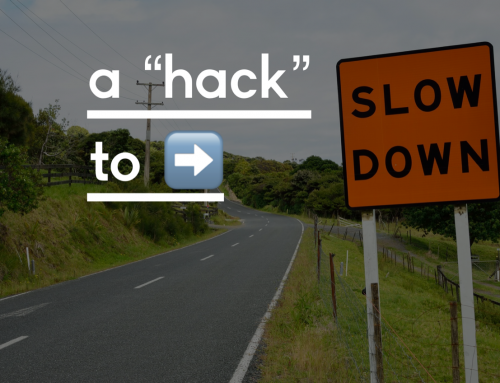Start Strong, And Keep It Tight

Having a dynamic, compelling demo reel is crucial to landing that coveted on camera job. In fact, most hiring managers won’t take you seriously without one. Usually the first question they ask is “do you have a demo reel?”
If you have one that needs tweaking, or if you haven’t made one yet, here are a few things you must consider. First up is length. In my career as a host, producer and executive producer I have seen a lot of reels. And when I say I’ve seen them, I mean, I’ve seen about a minute of most of them and two to three minutes of some of them. Whoever is hiring you will usually know pretty quickly if they like you or not and want to bring you in for an interview. It may not even take a minute and, depending on the complexity of the position you’re applying for, it will rarely take longer than a few minutes.
Since time is of the essence, make sure you lead your reel with some really good stuff. Arguably, your best stuff. Think about your personal viewing habits. When you’re scrolling through the channels, how long do you give the content on each channel to dazzle you? Not long. Probably a few seconds, I guess. When that news director, or hiring manager, presses play, right after they see your name on your screen, they’re looking to be blown away. Or at least captivated. So captivate them with a powerful first shot. Preferably one where you say your name and deliver a strong on camera read.
From there, keep each clip short! If your reel is three minutes – which I think is the maximum length it should be – you should shoot for somewhere around 15 clips, with any given clip no longer than 20 seconds; and even that is a long clip. You want your reel to move, with good pacing and some music underneath it. If you’re going to throw in interviews you’ve conducted in there, which you should, don’t choose standard or boring questions. Find a clever one you’ve asked. If possible, see if you can throw in a good follow up question, because it’s a skill to be able to ask good follow up questions. Perhaps in that case, you can skip your intro question and start with the person you’re interviewing answering the question, and move on to your follow-up, in an effort to keep that clip tight.
Alternate between on camera reads, interviews, indoor shots, outdoor shots and anything else that shows off your skill and versatility. Ideally, choose clips where you look good and clips that are shot well. Production value isn’t the most important part of your reel – your performance is – but, still, it matters.
Oh, and this is very important, and trust me I have learned this the hard way. Whenever you shoot a segment that you think would be good for your reel, notate it. It is very hard to put together a reel based off of your memory of what you’ve shot the past few years. You will drive yourself crazy and leave out some really good stuff. Keep a running tab of your best work so when it’s time to pull clips you know just where to look.
There is a lot more to say about this, and I dive into much more detail in my “Go-To Guide For TV And Event Hosting” Online Course.
If you’d like to work on your hosting skills, your on camera technique, or your demo reel, schedule a free consultation here.
And, here’s my demo reel if you’d like to take a look.
Have a great day!
Dave




